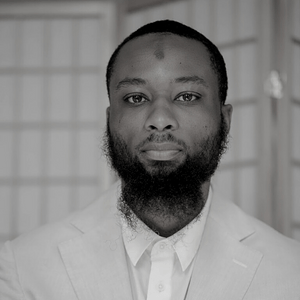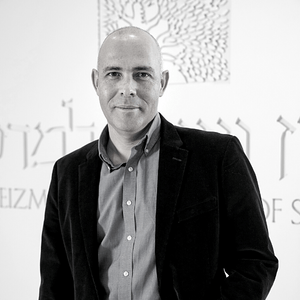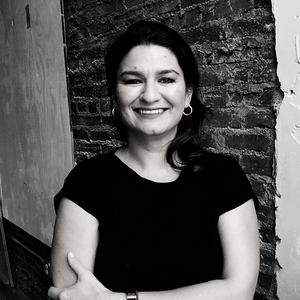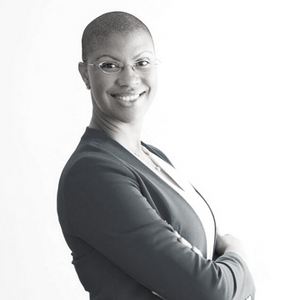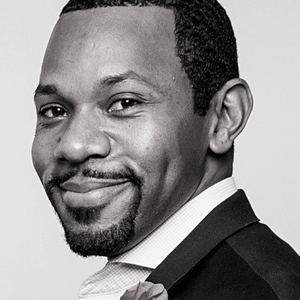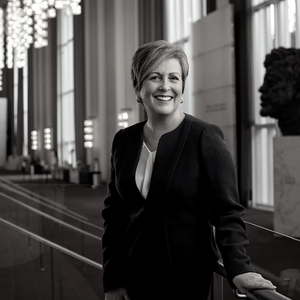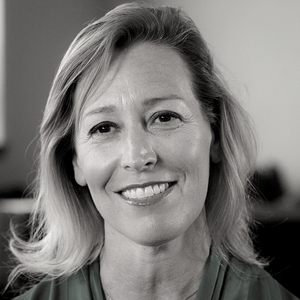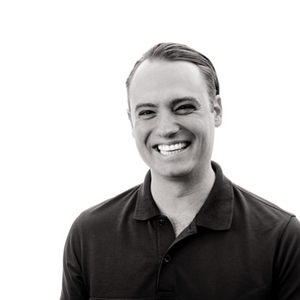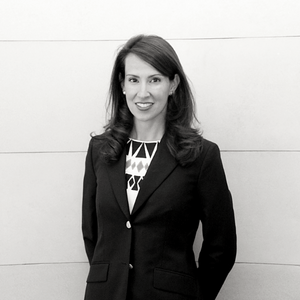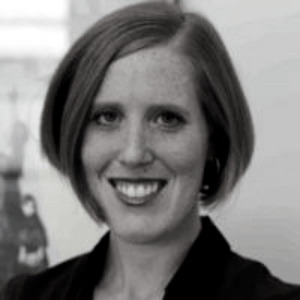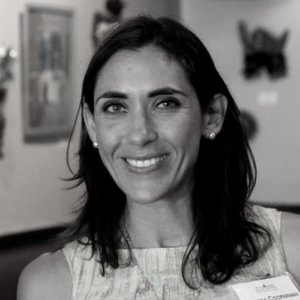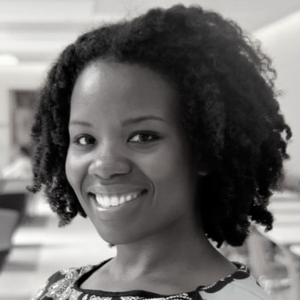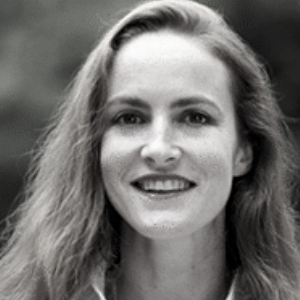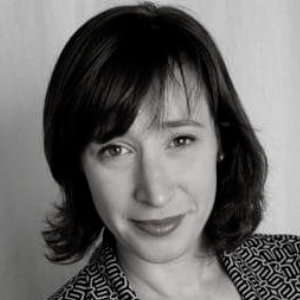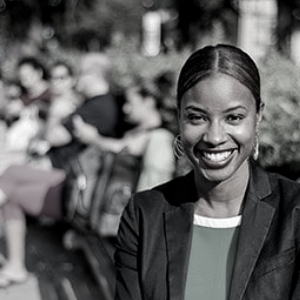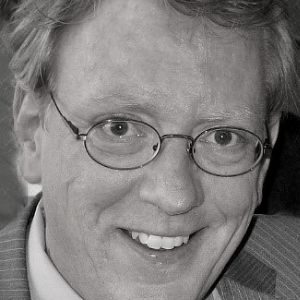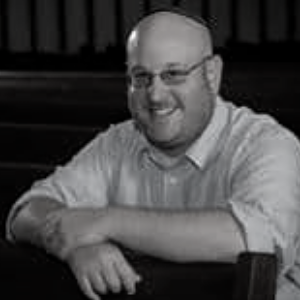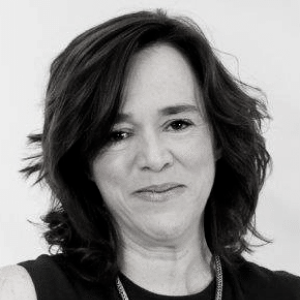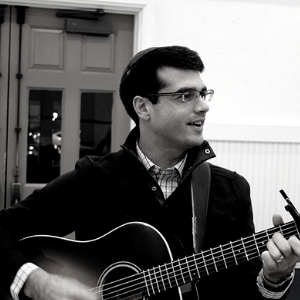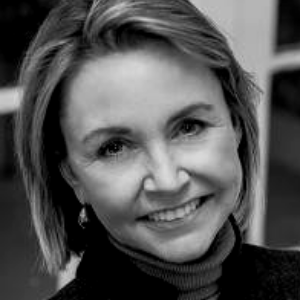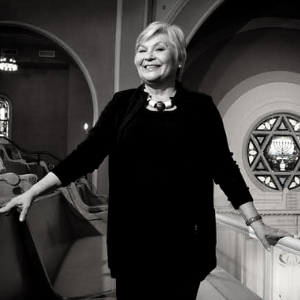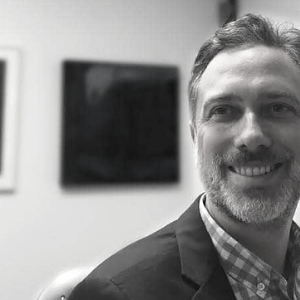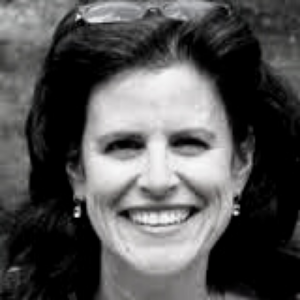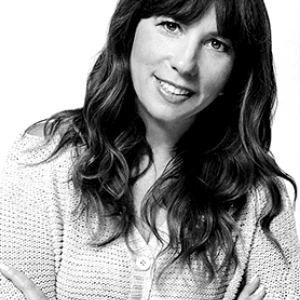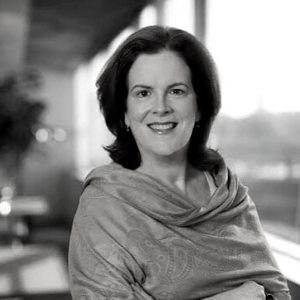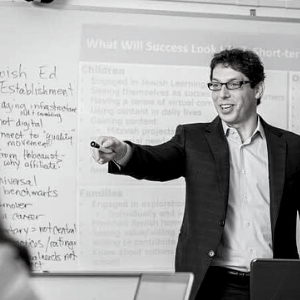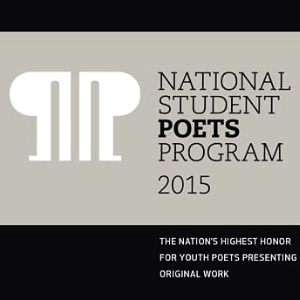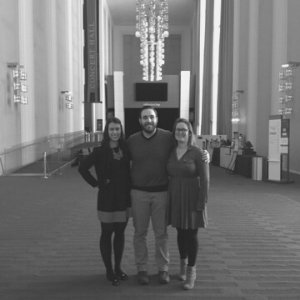Leadership Profiles
Meet the Grantees who have taken the lead on projects funded by the Bernstein Family Foundation.
Halim Flowers
How can the arts be a tool for social change? More specifically, how can the arts and entrepreneurship “correct our criminal injustice system”?
I think that everything the artist creates is an extension of the artist. Some people have the resources and the desire to make the world a better place, but they don’t have the lived experience. Even though you have a desire to change the situation, you’ve never lived it. The arts come in and burst bubbles and bring a loving proximity that creates an uncomfortability that drives empathy and change.
Alon Chen
Weizmann Institute President Prof. Alon Chen is Breaking the Mold
By Ami Aronson of the Bernstein Family Foundation
From a very young age, Prof. Alon Chen knew that he wanted to dedicate his life to science.
Today, he is a renowned neuroscientist who has served as President of the Weizmann Institute of Science since 2019. The 11th person to hold that office throughout the Institute’s rich history, Prof. Chen is building on the Weizmann Institute’s legacy of bold leadership and scientific discovery on the global stage.
Diana Sierra
I love the BeGirl mantra: “Equality by Design”. How can the art of design be a tool for social change?
Design is a TOOL—but the tools don’t exist if they’re not accessible. It’s so important to democratize the access to design. We’re talking about not only products, but “design thinking”, the way design presents itself as a thinking tool—it’s a way of seeing problems in a more holistic way and making sure people really do understand critical thinking.
Victoria Murray Baatin
We seem to be entering a new age of philanthropy and activism, based on the intersectionality and interconnectedness of previously separate interest categories. How can artists be leaders in this environment?
I believe deeply in the “multi-hyphenate”. Many of our artists and cultural leaders are multi-hyphenate; they refuse to be defined by one genre or one category. That notion of intersectionality is ever-present—and has been, for artists. The world is catching up to where the creative sector and culture-makers have been for years: inter-disciplinary, multi-disciplinary, highly collaborative.
Rahsaan Bernard
Tell me more about BBAR. What are your visions/goals for this program in the D.C. area?
Our north star—our theory of change—our desire for communities east of the river is to reduce the barriers to social and economic mobility, for a more equitable city. We do that by providing what I call our value proposition to this community in three categories: arts and culture, economic opportunity, and health & wellbeing.
Deborah Rutter
I know that you are committed to art as “an agent for positive change”. How can the arts be a tool for social change?
The arts help us build community. It’s about building empathy; it’s about understanding one’s role in the larger community; it’s about having the courage to break patterns, because one has a role to play. It goes all the way from giving others the opportunity to express themselves, when they haven’t been given that invitation before, to an activity that has a non-art outcome—arts activities that are embarked upon not because you’re creating another work of art, but because you’re creating community and understanding.
Ingrid Zimmer
Tell me more about the project BFF is currently funding. What are your visions/goals for this project?
Inspired Child’s mission is to improve the quality of and access to high-quality early childhood education for children living in under-resourced neighborhoods in D.C. At the core of our beliefs is that early childhood is the most important time in our lives—it’s the foundation on which our lives are built . . . It’s so essential to have the arts infused into early childhood education, so children’s first experiences in school are joyful and nurturing.
Seth Flaxman
Has Covid changed the way the organization works or views its role in society? If so, how?
I think it revealed how fragile our election system is in this country—something we had known. Thank God we started this work ten years ago—during the pandemic, it would’ve been too late to provide support to voters and election administrators and everyone else trying to shore up our system and change things on a dime.
Natalie Jones
We seem to be entering a new age of philanthropy and activism, based on the intersectionality and interconnectedness of previously separate interest categories. How can Meridian be a leader in this environment?
Meridian is a center for diplomacy. We believe America is stronger at home when globally engaged, so we focus on strengthening engagement through three core programs: global leadership/international exchange programs; arts and culture—using them to connect people around the world; collaboration—bringing together different viewpoints to tackle a range of global issues.
Michelle Ellis
Tell me more about the Capital Jewish Museum. What are your visions/goals for it in the community?
The museum explores the past, present, and future of Jewish Washington in the nation’s capital to inspire audiences to connect, reflect, and act—to connect across families and diverse communities and cultures; to reflect upon the relevance of history to today; and to act on behalf of their own individuals and communities. We’re building this new history and culture museum in downtown Washington to inspire civic engagement and spark cross-cultural conversation. I just can’t think of a better time to be doing this, in this country.
Melinda Cooperman
What was your journey to becoming the Associate Director of Marshall Brennan?
I have about 10 years of experience in civic education, and I’ve always been interested in teaching. I was a volunteer with an organization called the San Francisco Urban Service Project, which is an organization that places volunteers in community settings to lead programs and teach, and I was placed in a homeless shelter. .
Lisa Curtis
Her Favorite Book
The Bluest Eye by Toni Morrison.
It was the first book I read that made me really connect with a character – it made me cry.
Her Mantra
“What I do matters.”
When I think about that, it reminds me that I need to be present in the moment and show up, and be the best that I can be in every moment.
Kate Goodall
S&R Foundation embodies the embrace of ingenuity and creativity in the nation’s capital. Entering its sixteenth year, its visionary mission is to support and foster innovation among talented artists, scientists, and social entrepreneurs. S&R is in the dedicated hands of Chief Operating Officer, Kate Goodall, who has galvanized S&R’s programs and operations.
Sarah Lefton
What was your journey to becoming the founder and executive director of Bimbam?
I worked in media, advertising, and tech when I was in my 20’s, and on the side I became really excited about adult Jewish learning.
Eshauna Smith
What was your journey to becoming the CEO of Urban Alliance?
How much time do you have? I’m just teasing. My own background is that I come from a strong family that had its share of economic challenges, among other struggles, and I grew up in a neighborhood in LA that was pretty violent.
Jim Beck
What was your journey to becoming the Vice President of Planning, Development and Evaluation for Sasha Bruce?
Before Sasha Bruce I had worked at a great non-profit in San Francisco called Haight Ashbury Free Clinics.
Jason Benkendorf
What was your journey to becoming the Executive Director of AU Hillel?
I came to American University as an undergraduate when I was 18, and when I came to American I thought that I was going into politics…
Louise Dube
Rabbi Aaron Miller
What inspired you to create Metro Minyan – the flagship program of Washington Hebrew’s Young Professional Group, “2239”?
2239 has been thriving for 15 years. It started as a way to engage Washington Hebrew’s young professionals in dedicated young professionals programming.
Megan Beyer
You recently became the Executive Director of the President’s Committee on the Arts and Humanities. What is your vision for the Committee and how does your work play into and support the Arts and Humanities in communities throughout the nation?
President Obama appointed me, and my mantra is: No denouement!
Sixth & I Synagogue
Sixth & I has grown to become one of Washington’s most valued religious and cultural landmarks. With a non-denominational, non-traditional approach, the synagogue has welcomed thousands of people through its doors, and distinguished itself as a place of openness and engagement.
Christopher Lewis
Andrea Gottlieb
Robin Bronk
This past year, Bernstein Family Foundation was proud to provide The Creative Coalition with a grant to support its upcoming Arts Advocacy Day. Several decades ago, TCC was founded by a network of Hollywood actors determined to safeguard the arts and arts in education through the unique power and platforms of the entertainment community. CEO Robin Bronk has spent over a decade protecting these interests, spearheading the organization’s efforts to sustain its vital mission.
Patty Stonesifer
Josh Troderman
As a pioneer in the Jewish educational technology sphere, ShalomLearning is innovating Jewish supplementary instruction by introducing a fresh approach to Hebrew Congregational school. The Bernstein Family Foundation is proud to support this non-profit organization that is leveraging the power of Edtech Judaism and bringing it into the 21st century of Jewish education. I had the chance to speak with Executive Director, Josh Troderman, who has been at the helm since September 2014.

